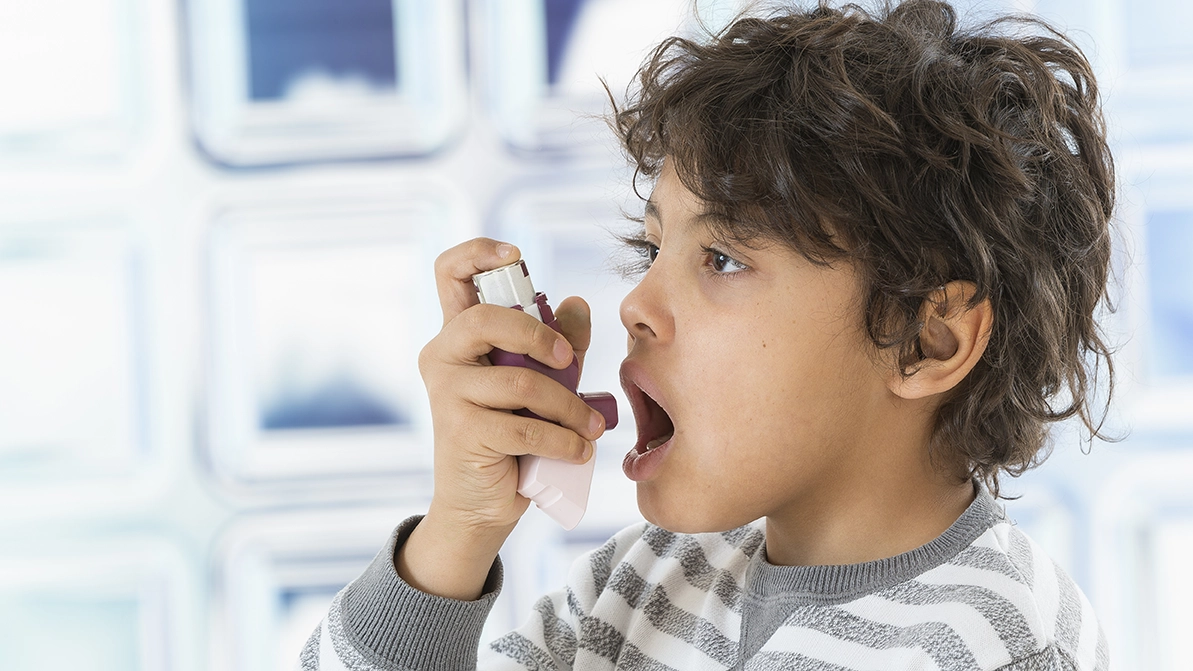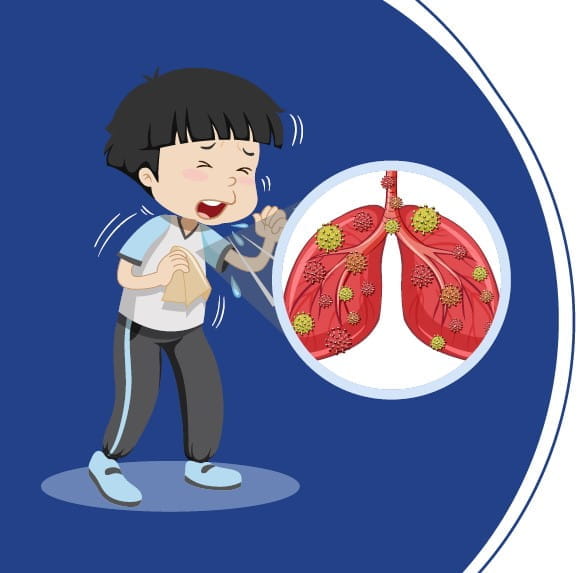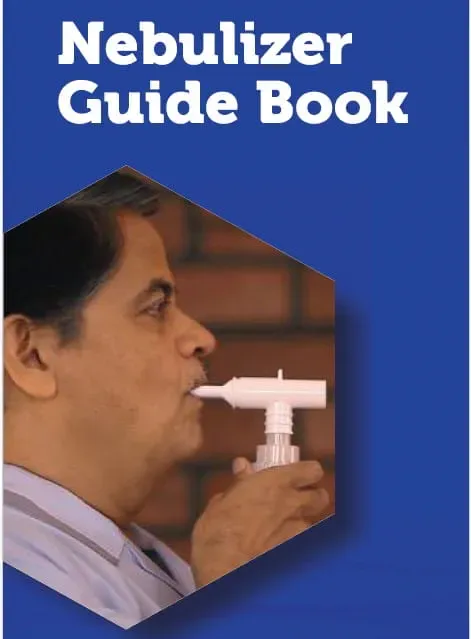AAP 2025: Respiratory Disorders in Children
Risk Factors and Outcome of Ventilator Associated Pneumonia in Children Aged 1m to 12 years Admitted in Paediatric Intensive Care Unit of a Tertiary Care Hospital in Northern India
Presenter: Dvijraj Kalita
Ventilator-associated pneumonia (VAP) is defined as pneumonia occurring after mechanical ventilation for more than 48 hours. The prevalence of VAP in pediatric intensive care units (PICU) is reported to range from 8% to 23%. Due to limited data on VAP severity in the North Indian population, a study was conducted to evaluate the risk factors and outcomes of VAP in children aged 1 month to 12 years admitted to the PICU.
A prospective observational study was performed over 18 months in the pediatrics department of VMMC and Safdarjung Hospital, New Delhi. Children mechanically ventilated for more than 48 hours were included. Demographics, nutritional status, primary diagnoses, duration of hospital stay, ventilator days, reintubation rates, clinical pulmonary infection score (CPIS), and pediatric risk of mortality (PRISM) scores were recorded.
A significant positive correlation was observed between PRISM scores and the duration of ventilation and hospital stay. Higher PRISM 3 scores were found to be significantly associated with VAP development. Duration of ventilator use and hospital stay were identified as major risk factors for VAP incidence.
It was concluded that longer ventilator and hospital stays were principal risk factors for VAP development. The PRISM 3 score was found to be a useful predictor for VAP. Further larger, prospective, multicentric research was recommended to better evaluate VAP risk factors and outcomes.
Effectiveness of Standardizing Chest Radiograph Reporting to Reduce Antibiotic Overuse in Pediatric Pneumonia
Presenter: Brandy M. Hoyt
This study involved 12,811 non-complex pediatric patients with lower respiratory tract infections (LRTI). Interventions included standardizing chest X-ray (CXR) impressions, removing the term “pneumonia,” educating on CXR limitations, and referencing an institutional CAP pathway. Antibiotic initiation for inpatient community-acquired pneumonia (CAP) reduced from 34% to 29%, and full antibiotic courses declined from 29% to 25% post-intervention, but these improvements were not sustained, with rates rising to 41% and 36%, respectively.
Outpatient antibiotic prescribing did not decrease. Standard CXR impression use remained high at 79%. Some balancing measures showed small statistically significant changes. The team is investigating causes of recent antibiotic increases to refine interventions.
A Breath of Fresh Air: A Systematic Approach to Pediatric Pulmonary Hypertension
Presenter: Andrew Corson
A 7-year-old male with non-verbal autism and ventricular septal defect presented with 2 months of ambulation difficulty and orthopnea, initially suspected myocarditis after Rhinovirus infection. Exam showed hepatomegaly and gingival bleeding. Echocardiogram revealed near-systemic right-sided pressures, tricuspid regurgitation velocity of 4.95 m/s (PG 98 mmHg), pulmonary valve insufficiency jet 3.1 m/s (PG 39 mmHg), right ventricular dilation, and right-to-left shunting via PFO. CT angiogram suggested possible distal pulmonary emboli. His condition worsened, requiring intubation, pulmonary hypertension vasodilators, and tPA.
Workup revealed undetectable Vitamin C, prompting IV supplementation. Repeat imaging showed no emboli; cardiac catheterization was normal. He improved and was weaned off vasodilators. This case highlights chronic vitamin C deficiency as a rare pediatric pulmonary hypertension cause.
Antibiotic Management of Pediatric Acute Respiratory Tract Infections when Telemedicine is Integrated into Primary Care
Presenter: Kristin Ray
A retrospective analysis of 2023 data from 843 U.S. pediatric and family medicine sites included 540,607 ARTI episodes in children under 18. Using propensity score weighting, telemedicine index visits were less likely to result in antibiotic prescriptions (35% vs. 47%) and more likely to receive viral diagnoses (66% vs. 56%) than in-person visits. Guideline-concordant antibiotic management rates were similar between telemedicine (86%) and in-person visits (86%).
Telemedicine visits had higher 14-day follow-up rates (14% vs. 9%) but no difference in subsequent antibiotic use. Findings support high-quality antibiotic management via telemedicine integrated into primary care, highlighting the need to consider telemedicine model variations for future care integration.
Screening for Asthma and Related Environmental Risks in a High-Risk Pediatric Populations: A Descriptive Analysis of Universal Screening
Presenter: Karen G. Ganacias
The Kids Medical Mobile Clinic (KMMC) integrated an Asthma Risk and Control Screen (ARCS) into routine well-child visits, targeting children aged 2 years and older in an urban population with high asthma prevalence. Of 650 children screened, 17.7% had a prior asthma diagnosis, while 35% without previous diagnosis reported asthma risk factors. Among these, 24% were newly diagnosed with asthma, representing 7.8% of all screened. Home environment risks were reported by 38% of children with known asthma and 52% of those with symptoms but no diagnosis. This underscores the need for routine symptom screening and environmental interventions.
American Academy of Paediatrics National Conference & Exhibition 2025 (AAP 2025), 26-30 September 2025, Denver




